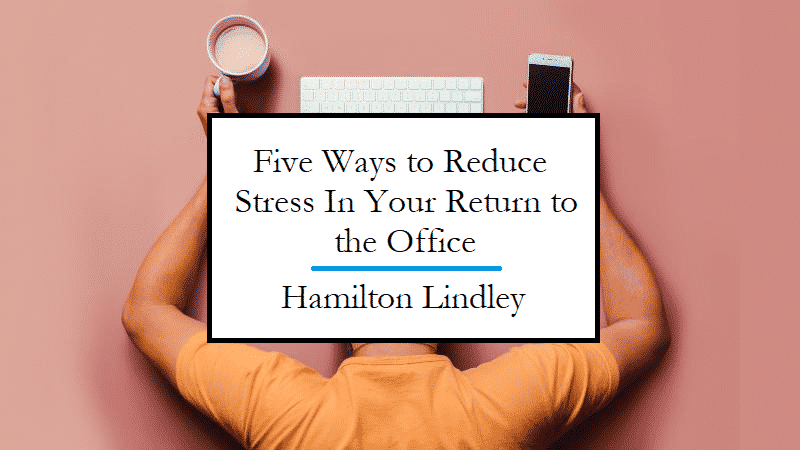As offices start opening up, leaders are figuring out ways to bring their teams back together. Psychologists suggest a gradual return to socializing because many employees feel stressed about going back to the workplace. One in three workers surveyed feels anxious, depressed, or distressed about returning to the office, affecting retention and productivity. Almost 40% of employees are thinking about quitting if they have to go back full-time.
While it’s essential to return to the office, we must manage the anxiety it causes. Here are five main ways to make reintegration smoother and keep your team productive and energized:
Ease into Socializing Slowly:
- Instead of diving into big social events, start with smaller gatherings. People may feel awkward socializing face-to-face, so give them time to adjust. Also, be mindful of pandemic-related anxieties, like discomfort with indoor activities.
Establish Team Rituals:
- Create opportunities for team members to share their experiences from the past two years. Regular reflections help build a sense of community and trust. Holding these sessions monthly can be beneficial, with 95% of employees in leading companies rating them as positive experiences.
Rein in Scope Creep:
- Avoid burnout by reviewing your team’s tasks. Employees worry about temporary tasks becoming permanent. Compare current tasks to pre-pandemic responsibilities and determine which ones are permanent. This helps assess organizational changes, identify new skills, and retain talent through title and compensation updates.
Create Space for Uninterrupted Deep Work:
- Digital distractions increased during quarantine, affecting productivity. Introduce policies that prioritize uninterrupted work periods. Review your meeting culture to ensure all meetings are necessary and attendees are vital, avoiding unnecessary interruptions.
Create More Recovery Time:
- Offer company-wide time off to prevent burnout. Short-term costs of giving employees more time off are outweighed by long-term impacts. Some companies shut down for a period to allow employees to disconnect and recharge, improving overall well-being.
In conclusion, it’s crucial to recognize the mental health challenges employees face during the pandemic. Experiment with these strategies to find the best long-term solutions for a healthier and more productive work environment.

